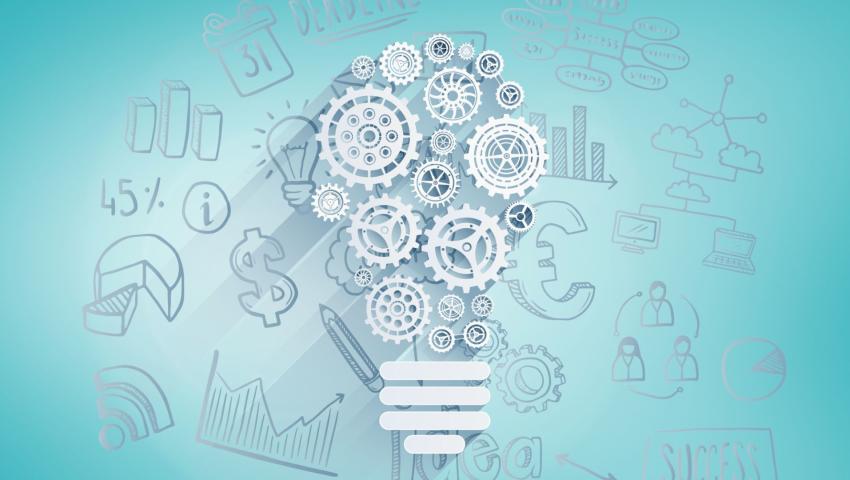
Innovation: The Driving Force of Progress in a Changing World
Explore how innovation is transforming technology, business, and society in 2025—learn key trends, benefits, and how to build a culture of innovation.
What is Innovation?
Innovation is the process of developing new ideas, methods, or products that improve on existing ones or create entirely new solutions. It’s not just about invention; it's about creating value and solving real-world problems in better, faster, or more efficient ways.
Innovation can be:
- Incremental: Small improvements over time.
- Disruptive: Transformative changes that redefine industries.
- Open: Collaborating with external ideas and resources.
- Sustainable: Innovations that benefit both society and the planet.
Why Innovation Matters in 2025
As we face global challenges—from climate change to economic shifts—innovation has become more important than ever. Here's why:
1. Adaptation to Rapid Change
Technological advancements, shifting markets, and consumer behavior evolve quickly. Innovation helps businesses and individuals stay agile and relevant.
2. Solving Complex Problems
From clean energy to health care and education, innovation provides fresh approaches to pressing global issues.
3. Economic Growth
Innovative products and services drive new markets, create jobs, and boost productivity. Startups and tech giants alike rely on innovation to scale.
4. Competitive Advantage
Organizations that innovate consistently gain an edge, offering unique value propositions and staying ahead of their competitors.
5. Enhancing Quality of Life
Innovative solutions in medicine, transportation, communication, and infrastructure directly improve our daily lives.
Key Areas of Innovation in 2025
1. Technology & AI
Artificial Intelligence, blockchain, and quantum computing are revolutionizing industries. AI-powered tools enhance productivity, automate tasks, and generate insights previously impossible.
2. Green Innovation
Sustainable energy sources, carbon capture technology, and eco-friendly product design are helping combat climate change and reduce environmental impact.
3. Healthcare Innovation
Telemedicine, wearable tech, and biotech are reshaping healthcare delivery and personalized treatment—faster diagnoses, better outcomes.
4. Education & Learning
EdTech platforms offer immersive learning experiences through AR/VR, gamification, and personalized AI tutors. Lifelong learning is now more accessible.
5. Business Models
Subscription services, platform-based businesses, and decentralized finance (DeFi) show how innovation is not limited to products—it applies to how businesses operate.

How to Foster a Culture of Innovation
Whether you’re an entrepreneur, leader, or team member, cultivating innovation requires intention and strategy. Here’s how:
1. Embrace Curiosity
Encourage asking “why” and “what if” questions. Great ideas often start from curiosity and exploration.
2. Accept Failure as Part of Growth
Failure isn’t the opposite of innovation—it’s a step toward success. Encourage experimentation and learning from mistakes.
3. Promote Collaboration
Diverse teams generate richer ideas. Encourage cross-functional collaboration and openness to different perspectives.
4. Invest in R&D
Allocate resources toward research and development. Continuous learning and testing fuel long-term innovation.
5. Leverage Technology
Stay updated on the latest tools and trends. Innovation today is often driven by tech-enabled capabilities.
Challenges to Innovation
Despite its importance, innovation faces several challenges:
- Resistance to Change: Organizational or societal inertia can slow down adoption of new ideas.
- Resource Constraints: Lack of funding, talent, or tools can hinder development.
- Short-Term Thinking: Innovation often needs long-term vision, which can conflict with immediate performance pressures.
- Regulatory Barriers: Some innovative ideas face delays due to unclear or outdated regulations.
Overcoming these challenges requires leadership, vision, and persistence.
Innovation Success Stories
- Tesla: Redefined the automotive industry with electric cars and autonomous driving technology.
- SpaceX: Made space travel more accessible and reusable.
- Zoom: Revolutionized communication during the pandemic, becoming a global standard.
- BYJU'S & Duolingo: Changed how people learn through mobile-first education platforms.
- Patagonia: Demonstrates how innovation and sustainability can go hand-in-hand in fashion and business ethics.
These examples prove that bold thinking and execution can lead to remarkable success.
The Future of Innovation
Looking ahead, the future of innovation will be:
- Inclusive: Empowering diverse voices and ideas from around the world.
- Ethical: Ensuring innovation aligns with societal good and data privacy.
- Tech-Driven: Integrating AI, 5G, quantum computing, and biotech.
- Purpose-Led: Innovation with intention—solving meaningful problems, not just chasing profits.


